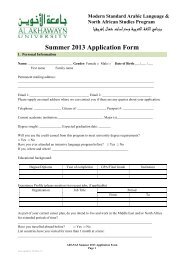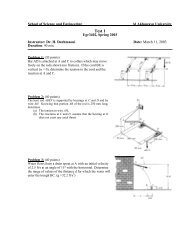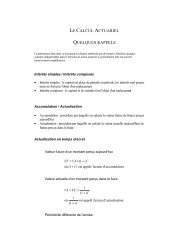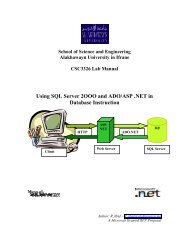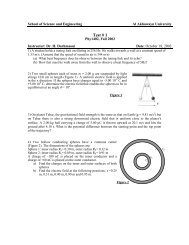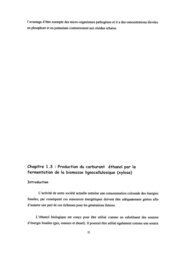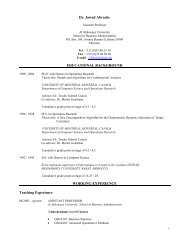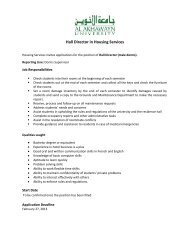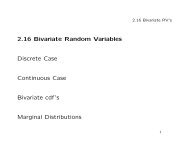Leadership and Values in Language Education - Al Akhawayn ...
Leadership and Values in Language Education - Al Akhawayn ...
Leadership and Values in Language Education - Al Akhawayn ...
- No tags were found...
You also want an ePaper? Increase the reach of your titles
YUMPU automatically turns print PDFs into web optimized ePapers that Google loves.
120Proceed<strong>in</strong>gs of the 27 th MATE Annual Conferencefor their learn<strong>in</strong>g, their achievement <strong>and</strong> class management. More importantly,such conceptions are generally shaped by their socio-cultural backgrounds <strong>and</strong>previous learn<strong>in</strong>g experiences. The creation of an atmosphere of familiarity,friendship <strong>and</strong> mutual trust <strong>and</strong> respect <strong>in</strong> the classroom through theestablishment of free <strong>and</strong> open communication <strong>in</strong> small-group work activities <strong>and</strong>whole class discussion would be of great value for students to practice <strong>and</strong>develop shared leadership competencies <strong>and</strong> values, particularly <strong>in</strong> contexts,characterized by rigid discipl<strong>in</strong>ary rout<strong>in</strong>es, highly ritualized patterns of socialparticipation <strong>and</strong> pre-distribution of power <strong>and</strong> role relationships. It would alsopromote the students’ l<strong>in</strong>guistic <strong>and</strong> <strong>in</strong>teractional competencies recommended byshared leadership as well as the values associated with them such as cooperation<strong>and</strong> collaboration through communication.In this respect, Cartwright (1970:325) states that “to change the behavior of<strong>in</strong>dividuals, it may be necessary to change the st<strong>and</strong>ards of the group, its style ofleadership, <strong>and</strong> its emotional atmosphere”. This suggests the importance ofchang<strong>in</strong>g the structures of power, communication, <strong>and</strong> social organization,whereby power, responsibility, <strong>and</strong> leadership are equally distributed among themembers of the group, open <strong>and</strong> free communication, whereby all members haveshares to contribute, <strong>and</strong> the two-way flow of <strong>in</strong>formation is allowed, <strong>and</strong> arelaxed atmosphere of familiarity, friendship, whereby more proximity isma<strong>in</strong>ta<strong>in</strong>ed <strong>and</strong> closer relationships are built to create a group climate whichwould facilitate students’ self-motivated, <strong>and</strong> affectionate engagement <strong>in</strong> theeffective accomplishment of classroom <strong>in</strong>teractional events <strong>and</strong> small-grouptasks. Accord<strong>in</strong>g to Owen (1997) <strong>and</strong> Owen <strong>and</strong> Stadler (1999), the creation of anopen space environment is very important for effective meet<strong>in</strong>gs to take place,<strong>in</strong>clud<strong>in</strong>g the classroom meet<strong>in</strong>g, for this k<strong>in</strong>d of environment allows:• Breakthrough learn<strong>in</strong>g (self-organization, teamwork, take responsibility, selfawareness,improve communication)• Appropriate situation• Spirited performance• Playful <strong>in</strong>volvement• High productivity• Growth from with<strong>in</strong>• Powerful tool for creation <strong>and</strong> environment for <strong>in</strong>novation, problem solv<strong>in</strong>g,creativity, reenergiz<strong>in</strong>g, <strong>and</strong> rapid change.In brief, an open space environment would help to break with the rigid structuresof communication <strong>and</strong> social <strong>in</strong>teraction <strong>and</strong> could help to create the conditions




